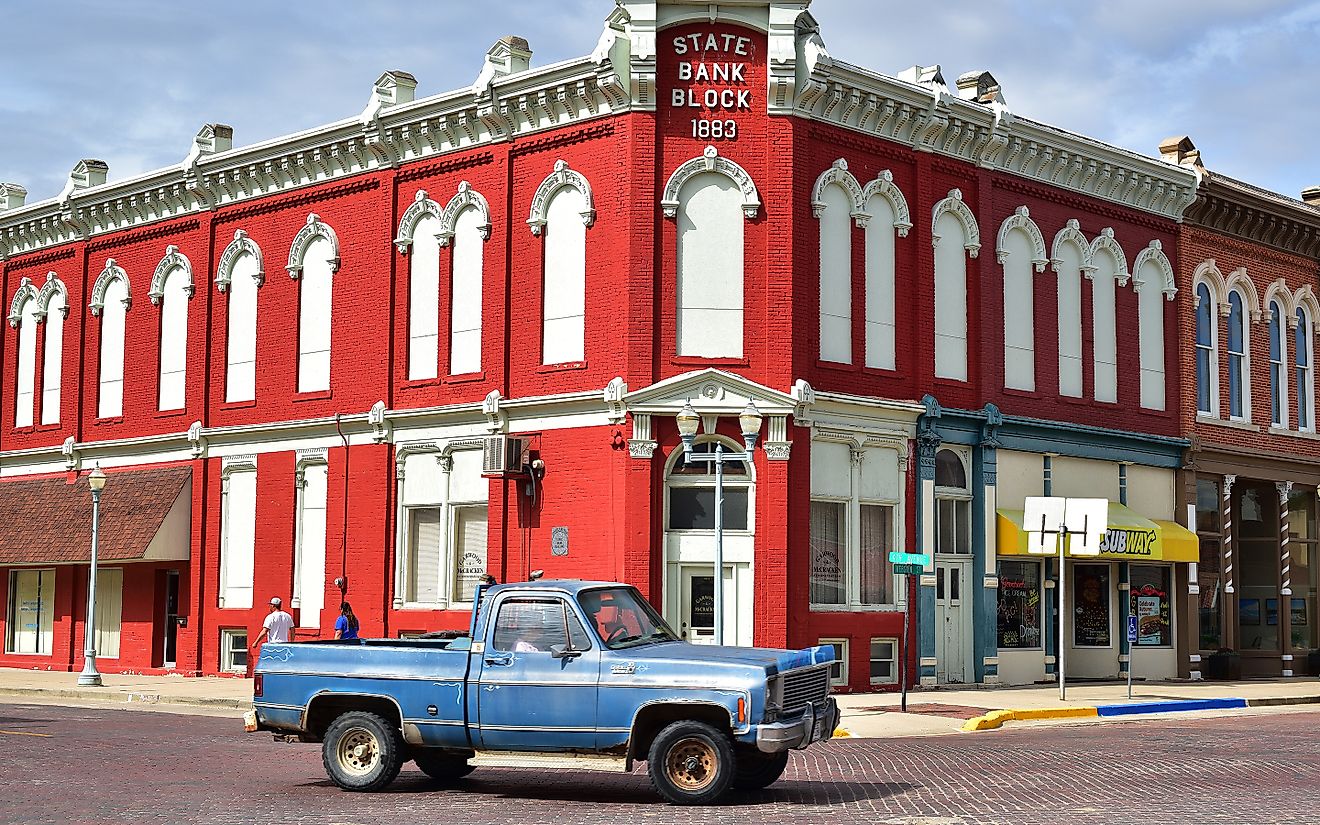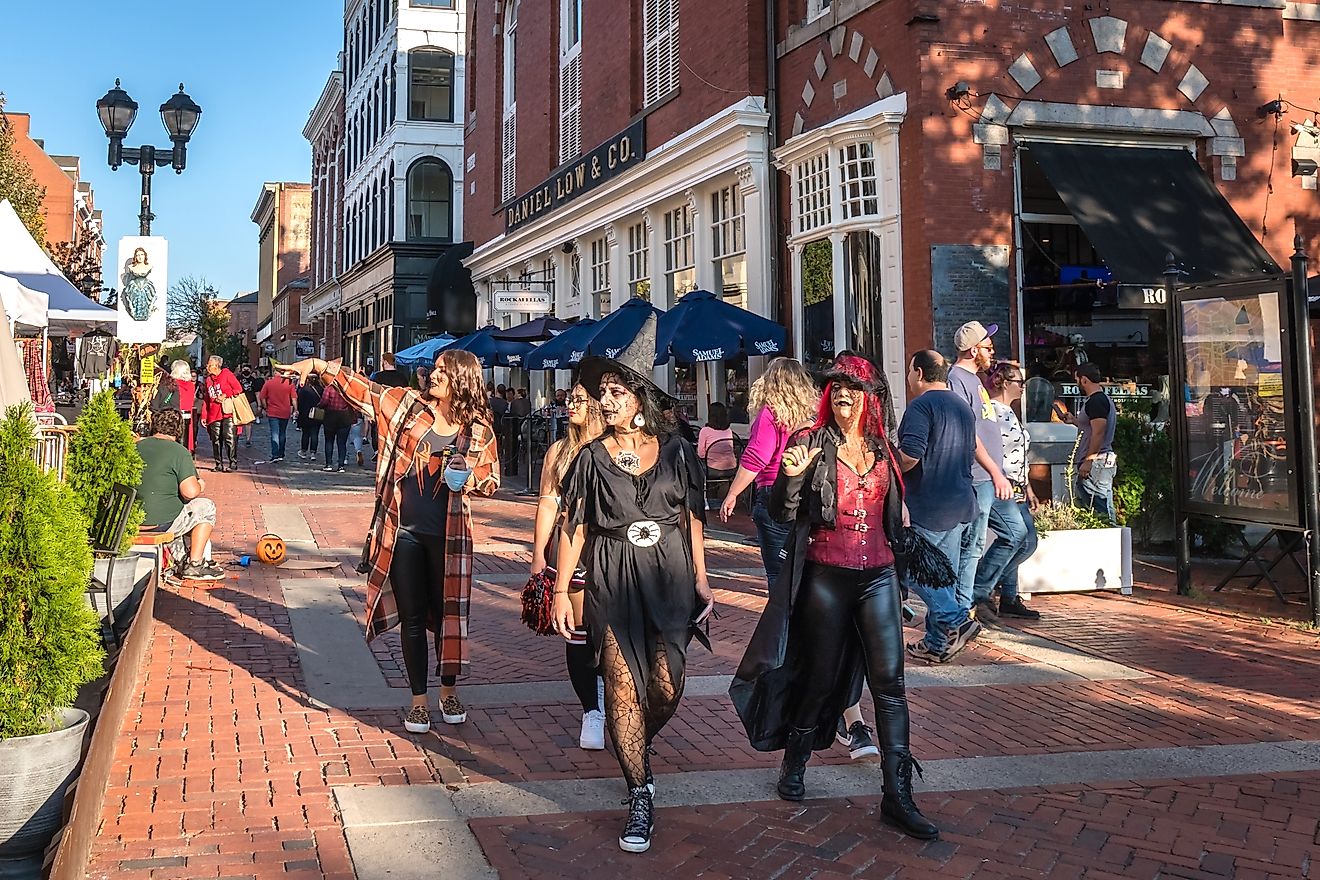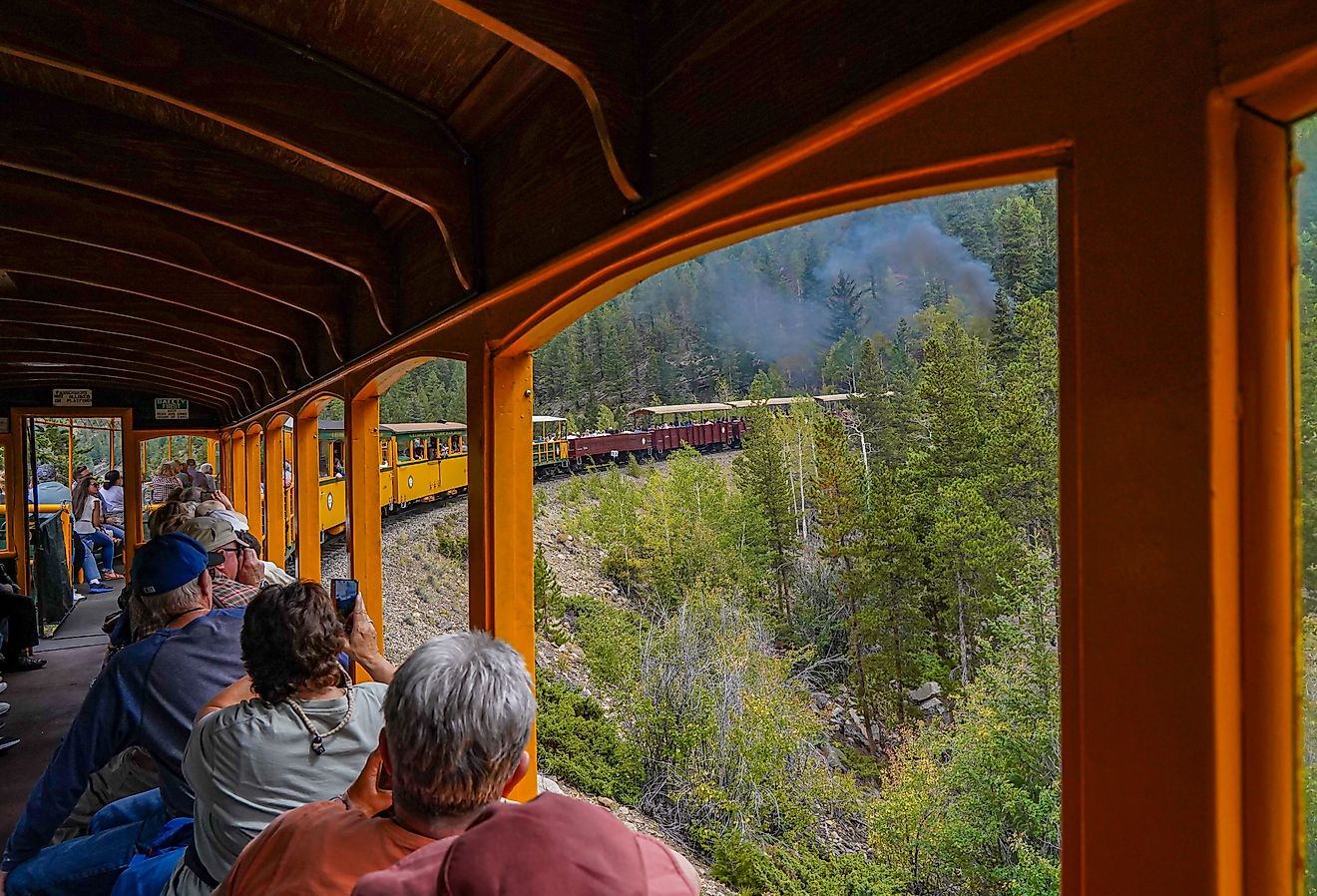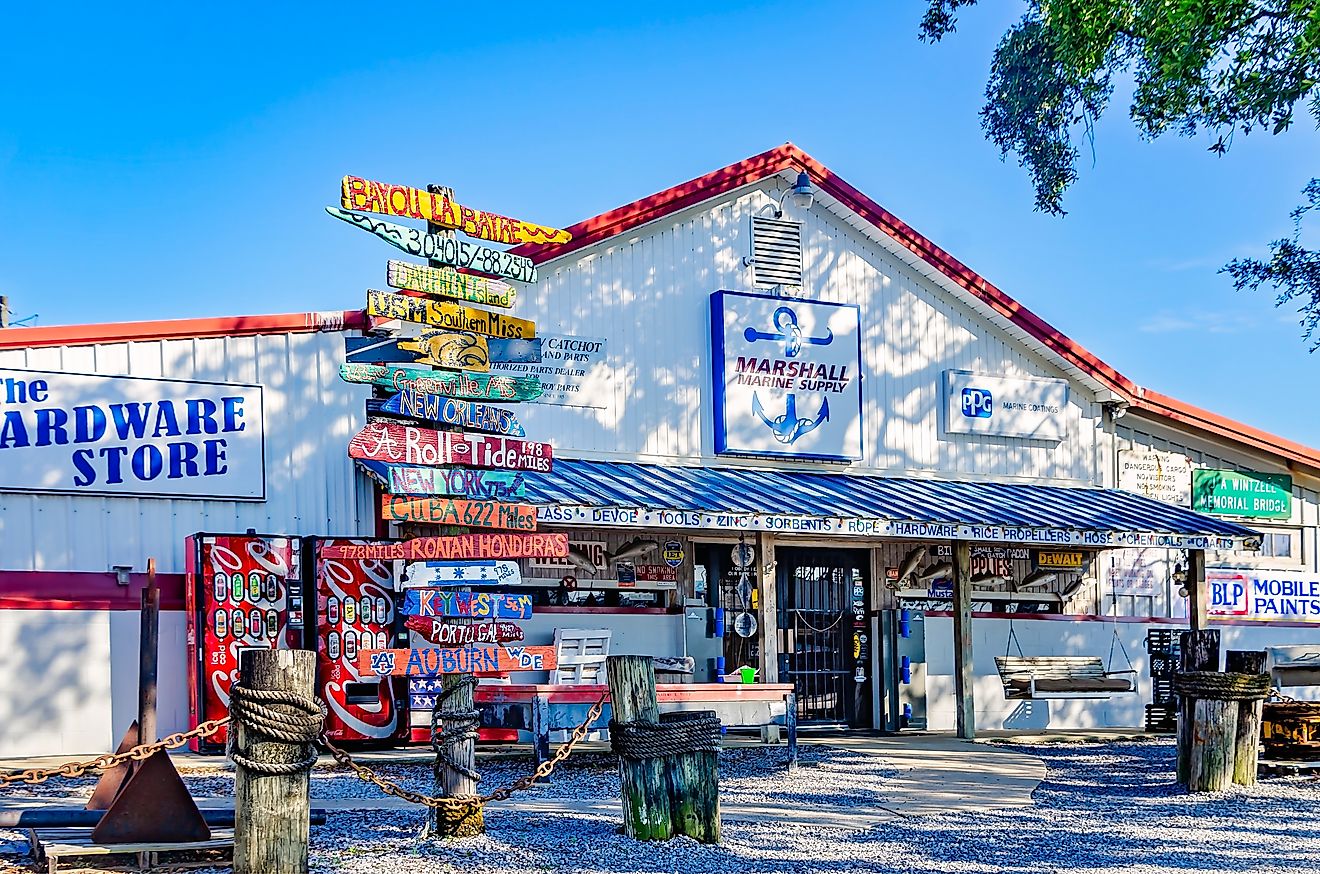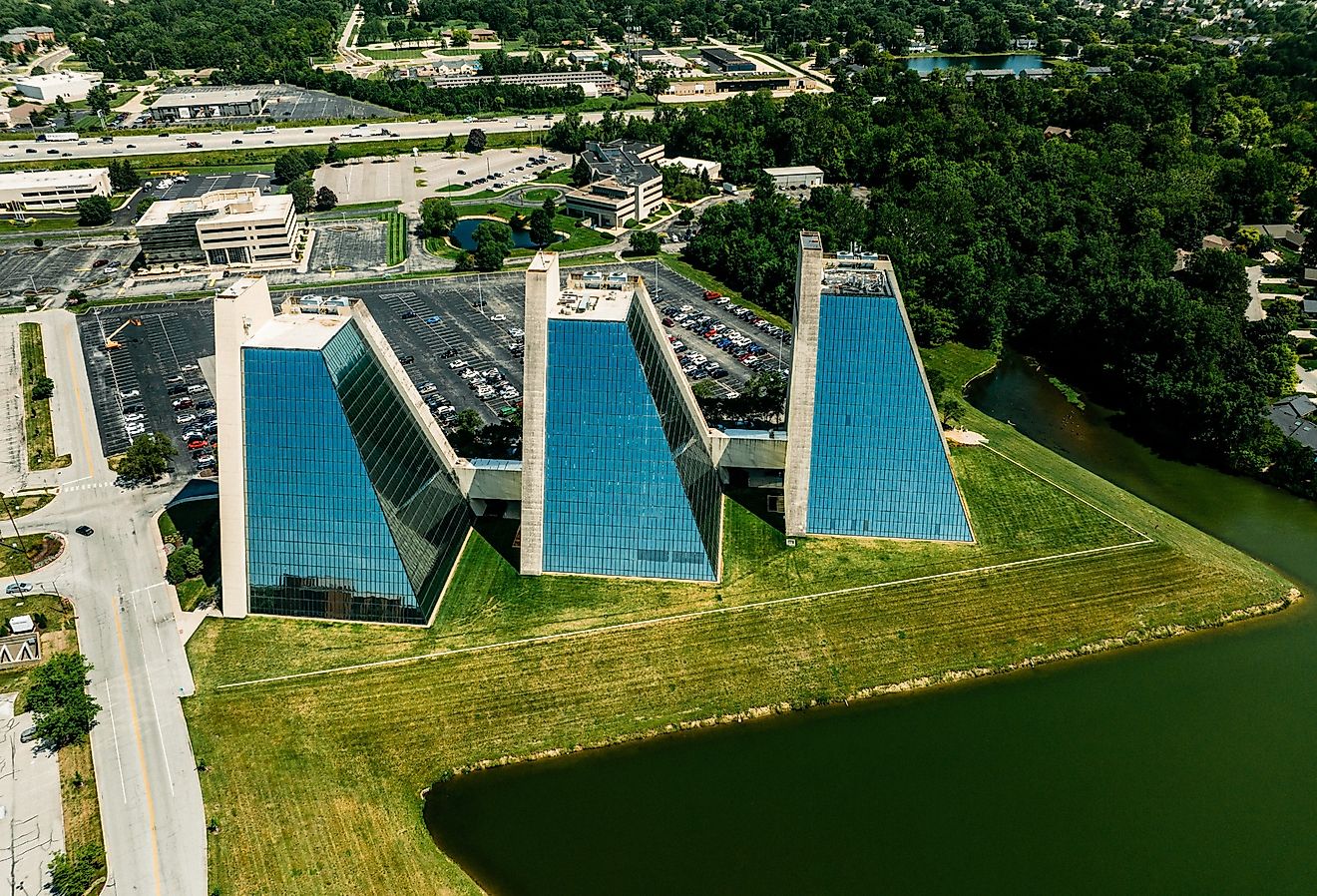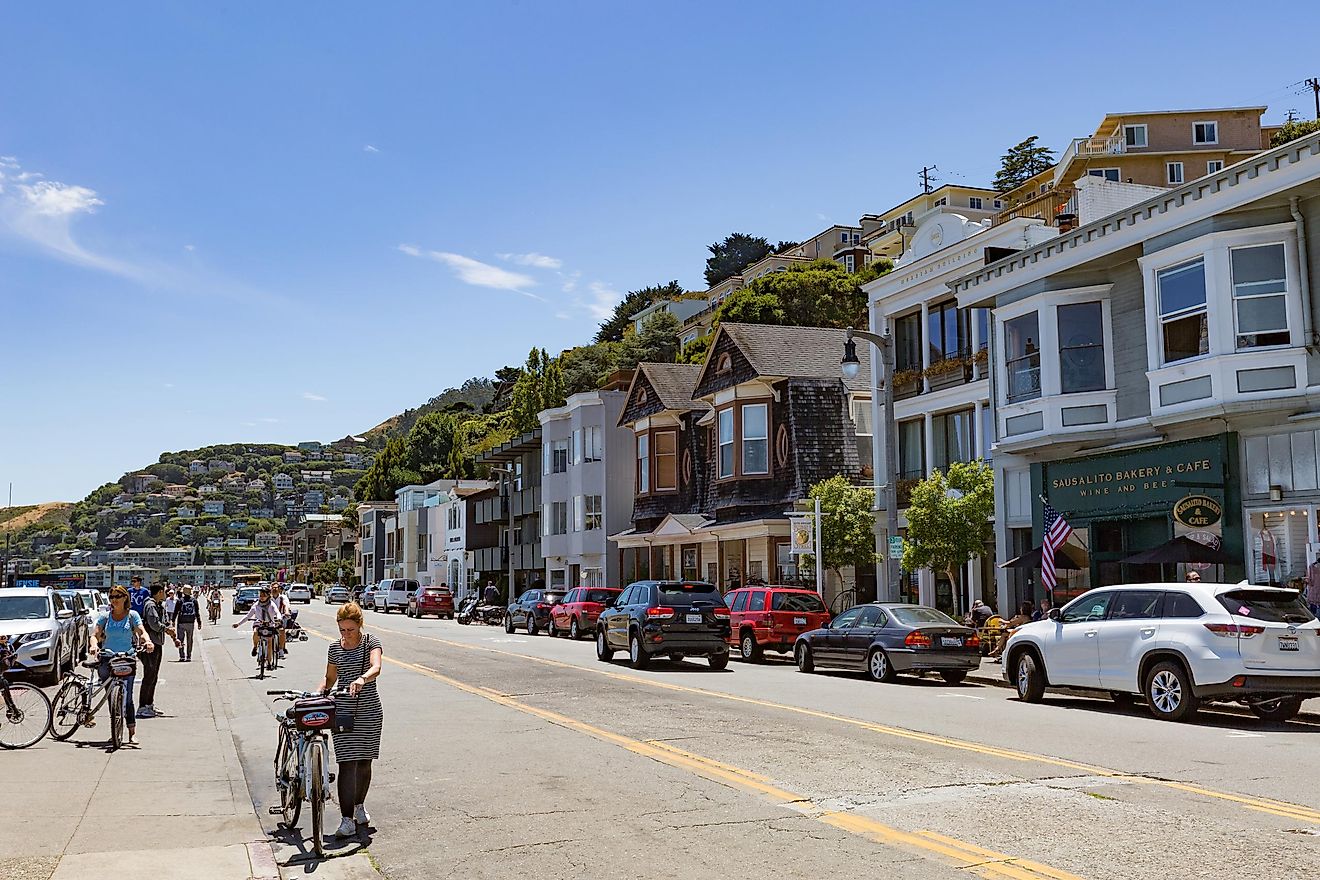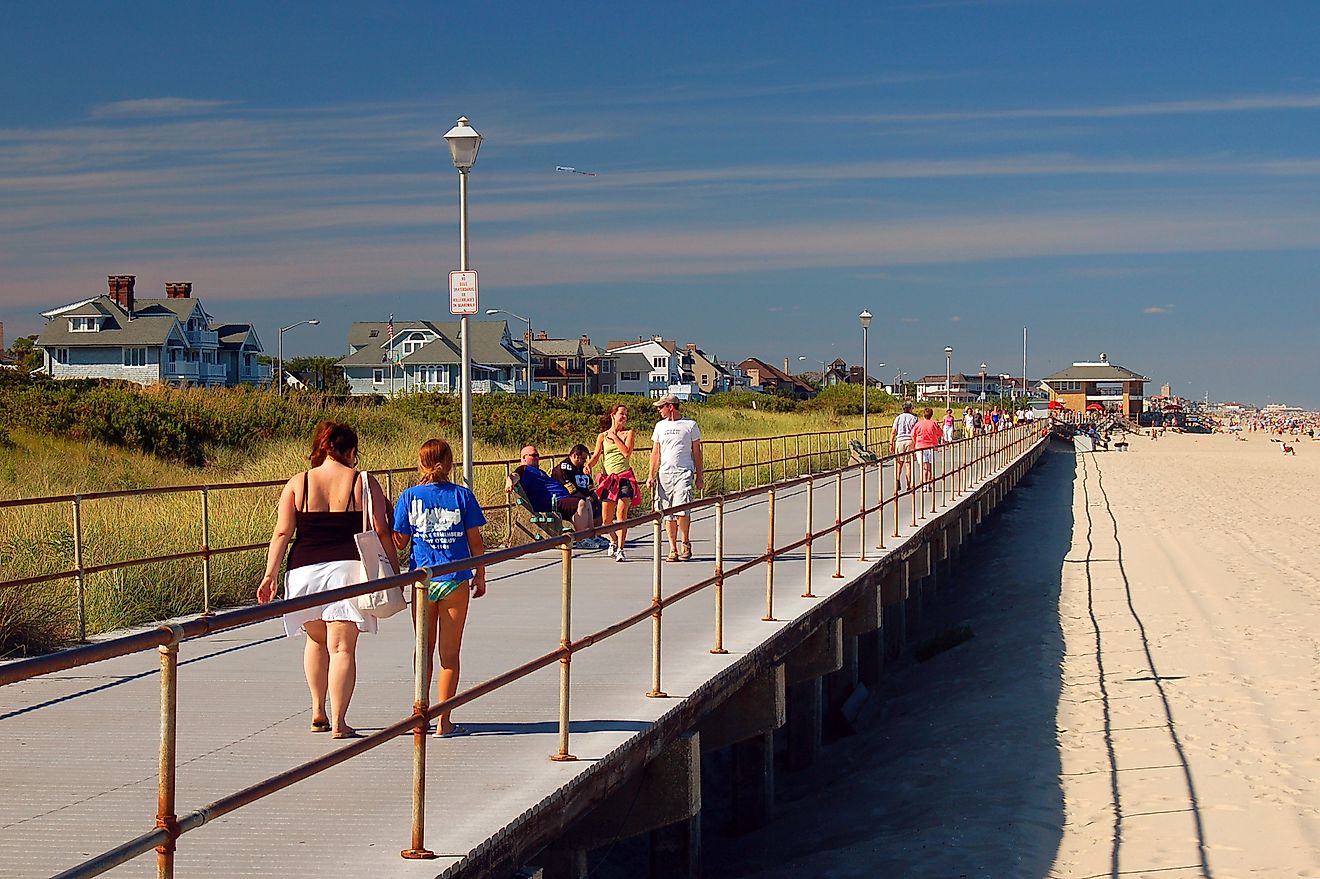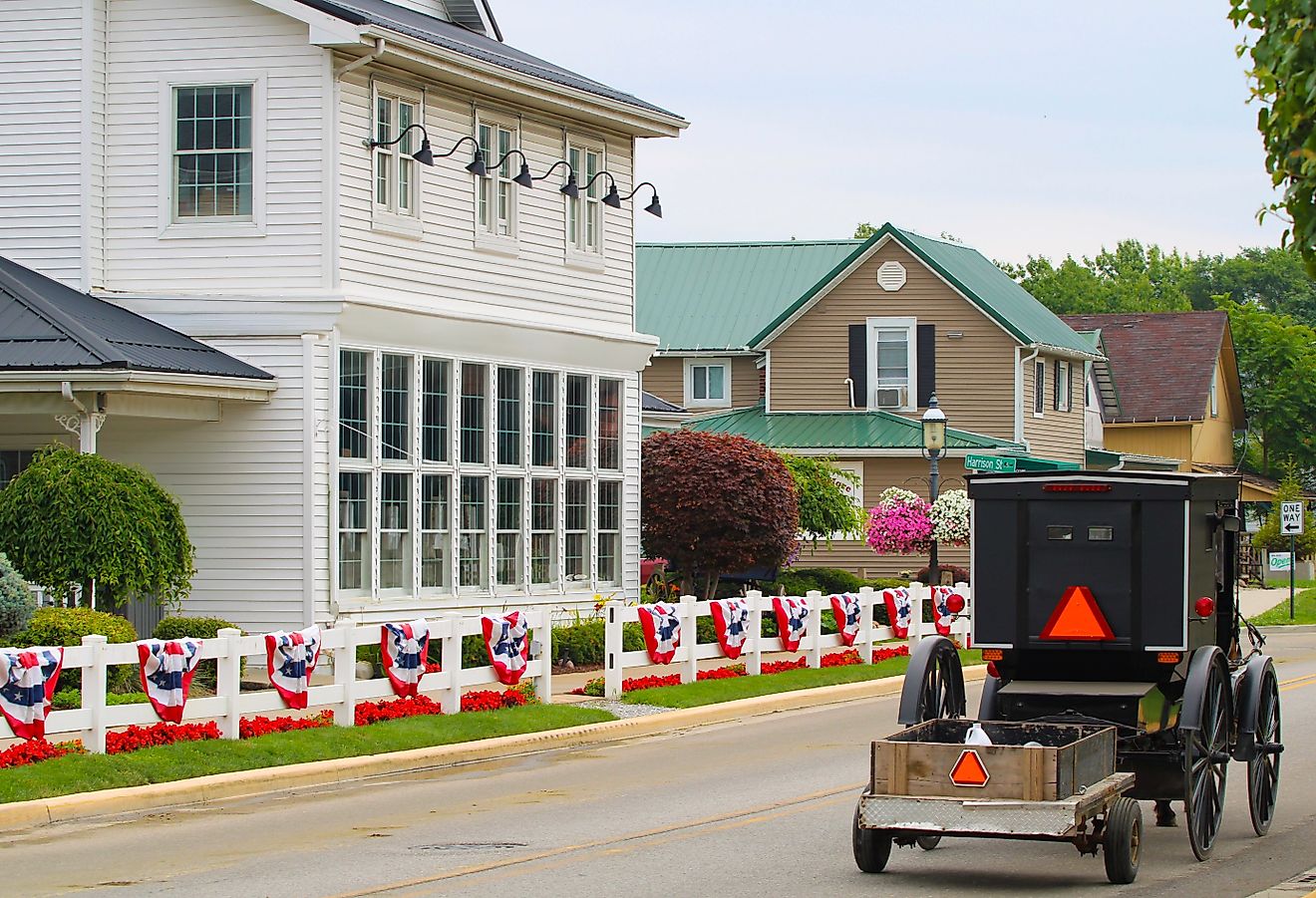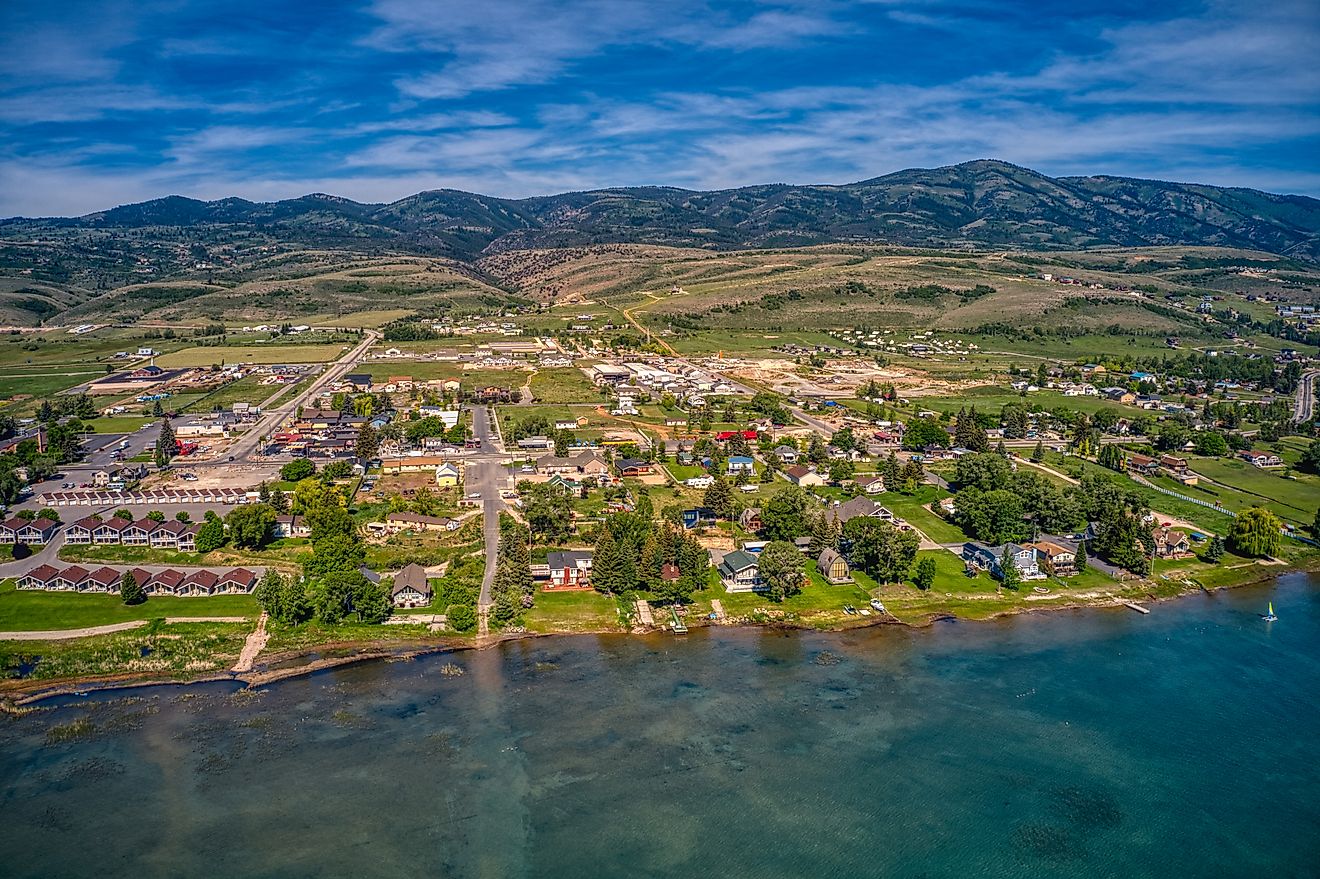
Inverness, Scotland
Inverness is a small city in North-central Scotland. Though the population sits at a slim 61,000, Inverness is still the administrative center for The Highland Council, which deems it the "The Capital of the Highlands." Known for its inviting feel, classic castles, and of course, the infamous Loch Ness (and associated mascot), Inverness is a must-see for anyone visiting the United Kingdom.
Geography And Climate Of Inverness

Inverness is located in the county of Inverness-shire in the Scottish Highlands. The town is situated on the River Ness, which flows North into Inverness Firth (between Beauly Firth and Rosemarkie Bay) and South into Loch Ness. The cities of Glasgow and Edinburgh lie a similar distance to the South - approximately 157 and 165 miles, respectively.
The climate of Inverness is classified as oceanic, meaning it experiences cold, rainy winters and cool, cloudy summers. The average annual temperature is 47 degrees Fahrenheit, ranging from a low of 33 degrees in December to a high of 65 degrees in July. With an average of around 35 inches of precipitation each year, Inverness is actually one of Scotland's driest places. The average relative humidity is 79%.
History And Economy Of Inverness

Inverness has a long, convoluted, and somewhat ambiguous history. The site has seen centuries of skirmishes and has been burnt to the ground on multiple occasions. In the middle ages, Inverness was considered the capital of the Picts, an ancient people of undetermined origin known for their body painting and tattooing. They existed under the rule of King Brude, who was converted to Christianity around 565 CE by St. Columba (who was actually the first to report a sighting of the Loch Ness monster). From there, many periods of prosperity and conflict oscillated for the river port settlement and fortress. One of the famous events in history (allegedly) was the murder of King Duncan in his castle by Macbeth - the central character of William Shakespeare's titular play.
In 2000, Inverness was designated as a city. It still thrives as a vital river port for Scotland, an established site for whisky distillation, a partner in the offshore oil industry, and there has been a steady increase in tourism, largely owing to the mythical legend of "Nessie." Expanding flights out of Inverness Airport has also helped boost the population since the late 2000s.
Visiting Inverness

Inverness Airport offers 11 routes to major airport hubs, including notables like Heathrow, Gatwick, Dublin, and Amsterdam. Visitors may also base out of Glasgow or the Scottish capital of Edinburgh. Taking the train from either of these cities or London is a great way to experience the scenic UK while in transit. Once you have arrived, here are some exciting highlights to explore.
Visit Loch Ness. Obviously, this has to be the top priority for any tourist. No matter what your thoughts are on the myth of Nessie, it is hard not to gaze out at the 23 miles long Loch with a keen and curious eye. Monster or not, Loch Ness is still a striking sight to be marveled at. Besides its length, it is also deeper than the North Sea and contains more water than all of the lakes of England and Wales combined.

While at Loch Ness, stop by the ruins of the 1000-year-old Urquhart Castle where St. Columba was said to have performed miracles (including maybe spotting the elusive legend).
Rent a car and drive the North Coast 500 - a 516 mile, wildly scenic circuit of the North coast of Scotland. This once-in-a-lifetime road trip begins at the Inverness Castle, which is another worthwhile highlight to allot some time for.
Walk along the banks of the River Ness. Pass by monuments, cathedrals, gardens, and the character-rich city center before settling down for a cozy meal in a quintessential Scottish pub.
Final Thoughts
However you get there and whatever your fancy, bring your raincoat, an open mind, a good camera, and a thirst for history. Inverness will entice you with its quaint Scottish charm and breathtaking countryside scenery.

